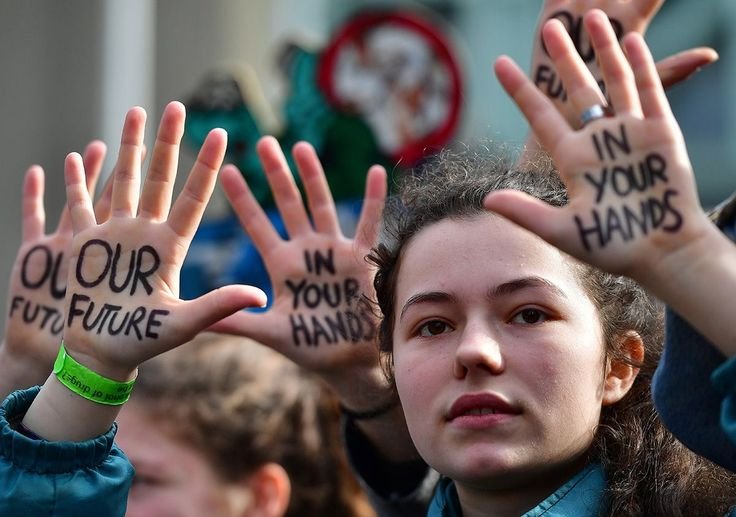The Multidimensional Aspect of Beauty: A Comprehensive Study
Beauty is an aesthetic that has permeated the human experience for centuries, spanning cultures, ages, and fields. A lot of things changed, and made me feel as to what it is an assumption — either side can make or break the assumption; and the result is a reflection of an individual, of norms from society to fit in, or to question their philosophical foundations. This article will further explore the different dimensions of beauty — its definition, cultural connotation, psychological implications, and the changing role of beauty in modern life.
Defining Beauty
In its essence, beauty is an abstract term, and we cannot define it in one fashion. Conventionally, beauty has been linked with physicality, often described as symmetry, proportion and harmony. The Greeks also considered beauty a manifestation of symmetry and balance, as found in the concept of kalokagathia, which melded physical beauty with moral virtue. But beauty goes beyond looks and just to appearance. And it might include a variety of history and experience: emotional, intellectual, spiritual, and fullness.
Beauty, A Cultural Significance
Culture is the cradle of beauty, a mirror in which society shows its beauty—its beliefs, values, and aspirations. Historical, geographical, and social factors form the basis of the standards of beauty in different cultures. Take the ideal beauty for example, which is often associated with youthfulness, slimness, and facial features in many Western societies. Alternatively, other cultures might value things like body art, skin tone, or age.

Social and Psychological Aspects of Beauty
The pursuit of beauty can be a psychological burden for humans to bear. Take beauty as one example — it can trigger joy, admiration, and connection. Experiencing a beautiful sunset or a great work of art are some examples of awe-inspiring, transcendental feelings — ↗. And this relates to the idea of “aesthetic experience,” which is the enjoyment we derive from encountering beauty.
Social media influencers and activists have been instrumental in this change, advocating for self-love and acceptance through their channels. This involvement has led to the popularity of campaigns that celebrate the bodies, skin tones, and ages of people around the world, contributing to a more inclusive view of what beauty is. Brands are responding as well. Several are embracing more inclusive marketing tactics that diversify the aesthetic message.
Beauty is an Art, and Nature is Rebellion
Beauty has long served as a subject of contemplation inspired by art and nature. Over the centuries, artists have tried to seize the essence of beauty within their work, be it through painting, sculpture, literature or music. The principles governing artistic forms are often the same as nature itself, where colors and forms flow into each other.
Especially, Nature is a strong reminder that beauty is transient and ephemeral. Just as transitions between seasons and blooming of flowers and textures of landscape instill in us awe and appreciation for the wonders of the natural world. This relationship with nature has been connected to better mental health because the interaction with natural environments has been shown to decrease stress while happiness becomes elevated.

Conclusion
Kind healthcare key features of beauty_title: The multidimensional nature of beauty, fluid nature, and variety of definitions controlled by culture; Traditionally associated with physical characteristics such as symmetry and proportion, beauty is also covered by emotional, intellectual, and spiritual facets. The idea is culturally defined and often dictated by history and geography: “The West tends to emphasize youth and slimness while some tribes find beauty in body art or patches on the face or whatever,” says Vivek.
Beauty is an important epistemology, it is both psychological and social since beauty can arouse happiness and admiration. Modern movements, especially through social media, promote self-love and body positivity, urging more inclusive views of beauty. Brands are adopting these inclusive ideals in their marketing.
Art and nature are highlighted as eternal muses for beauty, with artists across centuries capturing its essence. Nature, in particular, symbolizes the transient and ephemeral qualities of beauty, and its interaction has been linked to improved mental health by reducing stress and increasing happiness. Modern movements, such as the self-love promoted through social media and body-positivism messages that advocate greater openness to different interpretations of beauty are increasingly popular now. In their marketing, brands are moving to reflect this.
Art and nature are celebrated throughout history as never-ending sources of beauty, over which artists have poured for centuries. In fac,t nature represents the fleeting and ephemeral aspect of beauty, and has been associated with better mental health effects such as a decrease.
FAQs
Q1: How is beauty defined in the article?
Beauty is an abstract term; a topic that cannot be described by only one definition. It has traditionally been associated with symmetry, proportion, and harmony in its physical attributes. The Greeks considered physical beauty to be therapeutic and an indicator of health, linking it with moral virtue. Still, the article stresses that beauty also involves emotional, intellectual, and spiritual dimensions.
Q2: What role does culture play in shaping the concept of beauty?
Culture mirrors society’s beliefs, values, and aspirations about beauty. The standards of beauty in each culture differ due to historical, geographical, and social factors. For example, Western cultures tend to idolize youth and slenderness, whereas in other cultures, body art, skin color or age may be enhanced or exalted.
Q3: What mental health implications accompany the pursuit of beauty?
The longing for beauty can weigh on the psyche, sure, but beauty can also inspire positive psychological states like happiness, splendor, and kinship. Aesthetic experience refers to one kind of beauty interacting with another, usually in art or nature, which can help create transcendental feelings, they say.
Q4: How have social media and contemporary movements changed perceptions of beauty?
With social media influencers and activists, they have had a huge impact, promoting self-love and spreading the body positivity message, which in effect, has created an inclusive understanding of beauty. Campaigns celebrating a range of body types, skin tones and ages have also gained ground, pushing brands to implement broader marketing initiatives
Q5: In what ways do art and nature contribute to our understanding of beauty?
Beauty has long been inspired by art and nature. Artists have long tried to capture beauty, and in the latter respect, nature best exhibits the fleeting, evanescent aspect of beauty. Engagement with natural environments has been associated with enhanced mental well-being, decreasing stress, and increasing well-being (e.g., happiness).
Q6: What does the article say about the nature of beauty?
The article uses the conclusion that beauty is multifaceted and fluid, influenced by cultural definitions and historical contexts. Though it is often tied to physical attributes, beauty is an amalgamation of emotional, intellectual and spiritual elements. Newer movements, like that of self-love and body positivity, are transforming realizations about beauty, while also both art and nature are still being talked about as timeless sources of beauty.


Post Comment